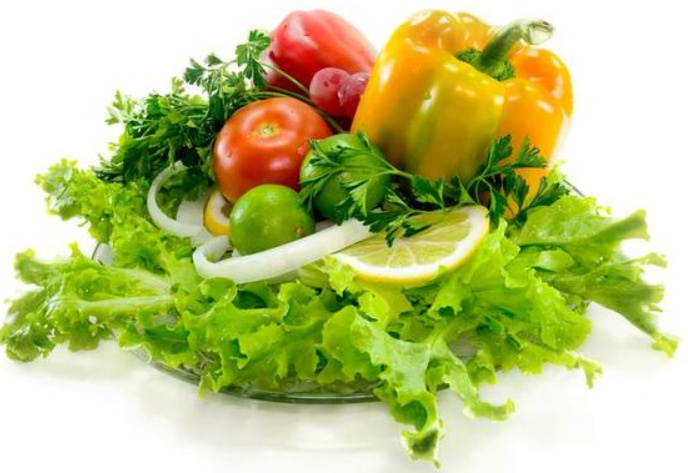
Vacuum packaging only inhibits "aerobic bacteria"The growth of "anaerobic bacteria" also produces toxins
Vacuum packaging is a kind of "air conditioning fresh-keeping" process, similar to nitrogen. The effect of vacuuming is to remove oxygen from the food. Food spoilage is closely related to oxygen.
On the one hand, the oxidation of oil in an aerobic environment will produce "rancid taste"; On the other hand, the aerobic bacteria in the food grow up, leading to the "spoilage" of the food, making it sour, smelly and sticky.
By removing oxygen through vacuuming, oil oxidation is inhibited and the growth of aerobic bacteria is also inhibited.Food can stay "the same" for longer.
However, this "constant" is only in terms of sight and smell. Nature is full of all kinds of bacteria, when there is air, aerobic bacteria can flourish, anaerobic bacteria are inhibited; After vacuuming, the aerobic bacteria are suppressed, and the anaerobic bacteria are like a fish.
The growth of anaerobic bacteria does not make food sour, smelly, or sticky. They "sneak into the village," but they can produce toxins. The most important of these is Clostridium botulinum, commonly known as "Botox."
Spores formed by the bacterium botulinum
Can last for hours in boiling water
Botulism is widely found in nature and can occur in vegetables, fish, meat and poultry. By itself, it is not very harmful or tenacious, and the usual cooking conditions are enough to kill them.
The scary thing about it is that it can form spores. Spores are hardy and can last for hours in boiling water under neutral conditions.
When the conditions are right, that is, "at room temperature, without enough preservatives, and not acidic," they can grow.
When grown, they produce botulinum toxin. Botox is one of the most toxic biotoxins, with a lethal dose on the order of micrograms.
Vacuum and store at room temperature
Sometimes it just "doesn't look bad"
As mentioned earlier, normal cooking (cooking food through cooking) kills botulism, but not spores. At 100°C, for example, it takes five hours for the spores to be killed.
So keep this in mind: Botulism spores may be present in the food you cook.
At this point, if you do these things to them:
1.If you eat them directly, the spores will not cause any problems.
2.Put them in the refrigerator, because of the low temperature, these spores will not grow and produce toxins;
3.Keep it at room temperature, because there is oxygen, and these spores will not grow to produce toxins (but the food may spoil because other bacteria grow);
4.If you vacuum them and leave them at room temperature, these spores will grow into clostridium botulinum, which secretes toxins, while other bacteria will not, so the food "looks good." If you eat, light dizziness, weakness, blurred vision, heavy ICU, luck almost died.
"Room temperature, no oxygen, no preservatives"
It's the onset of Botox
Botulism is widespread and botulinum toxin is very toxic, but there are not many cases of actual poisoning. The reason is that most people cook at home or eat in the restaurant canteen, most of them are cooked and eaten, and will not give Botox space; It is not difficult to avoid industrial production as long as it complies with norms or adopts certain processing technologies.
In many small shops, none of the above processes are satisfied. These foods, if it is cooked and eaten, or put a stall to buy back to eat, there will be no botox - deterioration under aerobic conditions, it is easy to appear bad smell and feel, not serious deterioration is generally vomiting and diarrhea after the move.
If the cooked food is vacuum-packed, and then sent through logistics, it is in line with the conditions of "normal temperature, no oxygen, no preservatives" Botox attack - whether it will be hit, it can only be handed over to luck.
In short, it makes sense to vacuum cooked food - vacuum can better preserve flavor and texture.
However, after vacuuming, it is more necessary to refrigerate, otherwise the safety risk is higher.
In strict food safety regulations, food only heated by conventional cooking should not be refrigerated to 60°C for more than 4 hours; If vacuum packaging is carried out, then the time is 2 hours.

